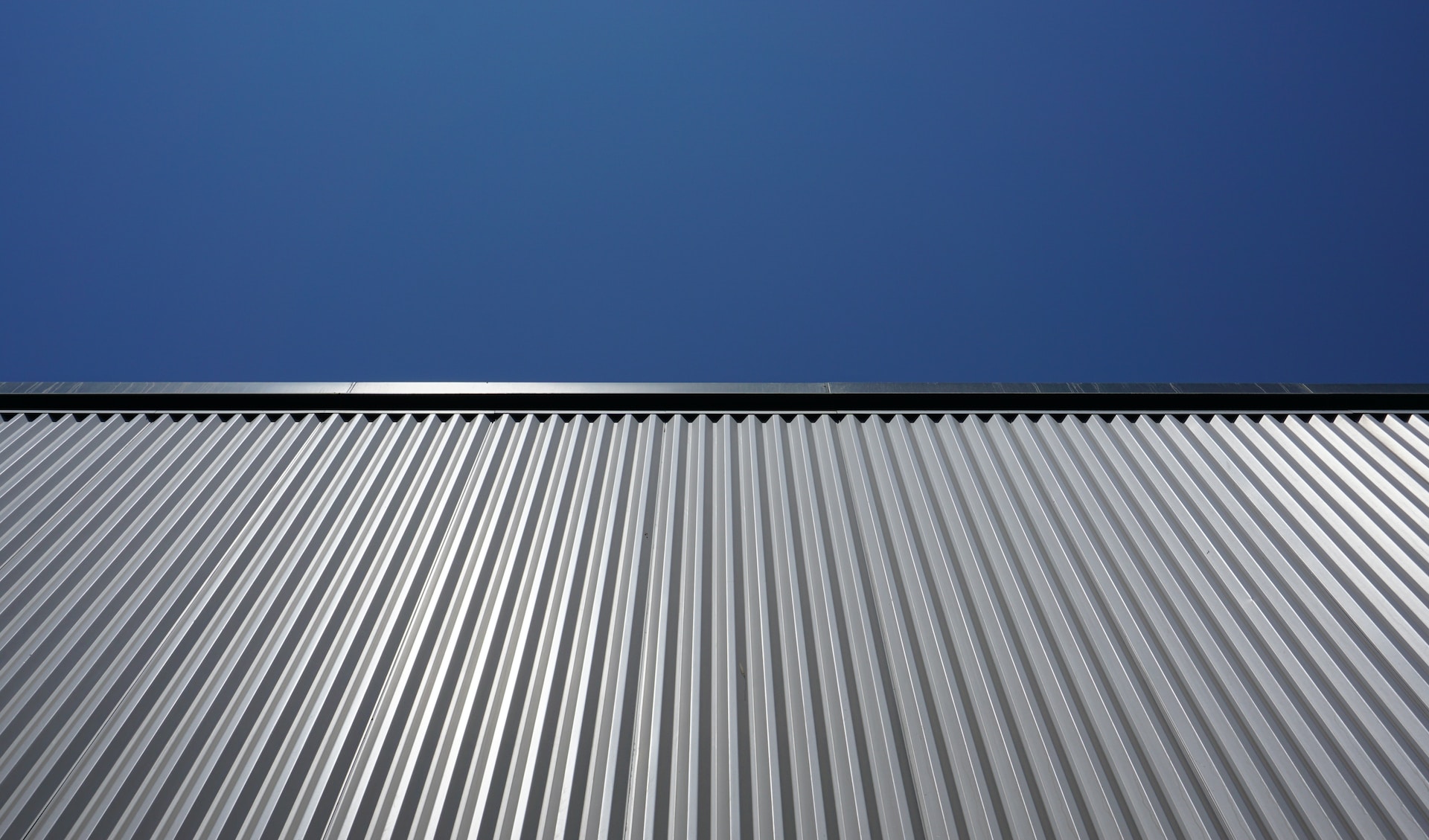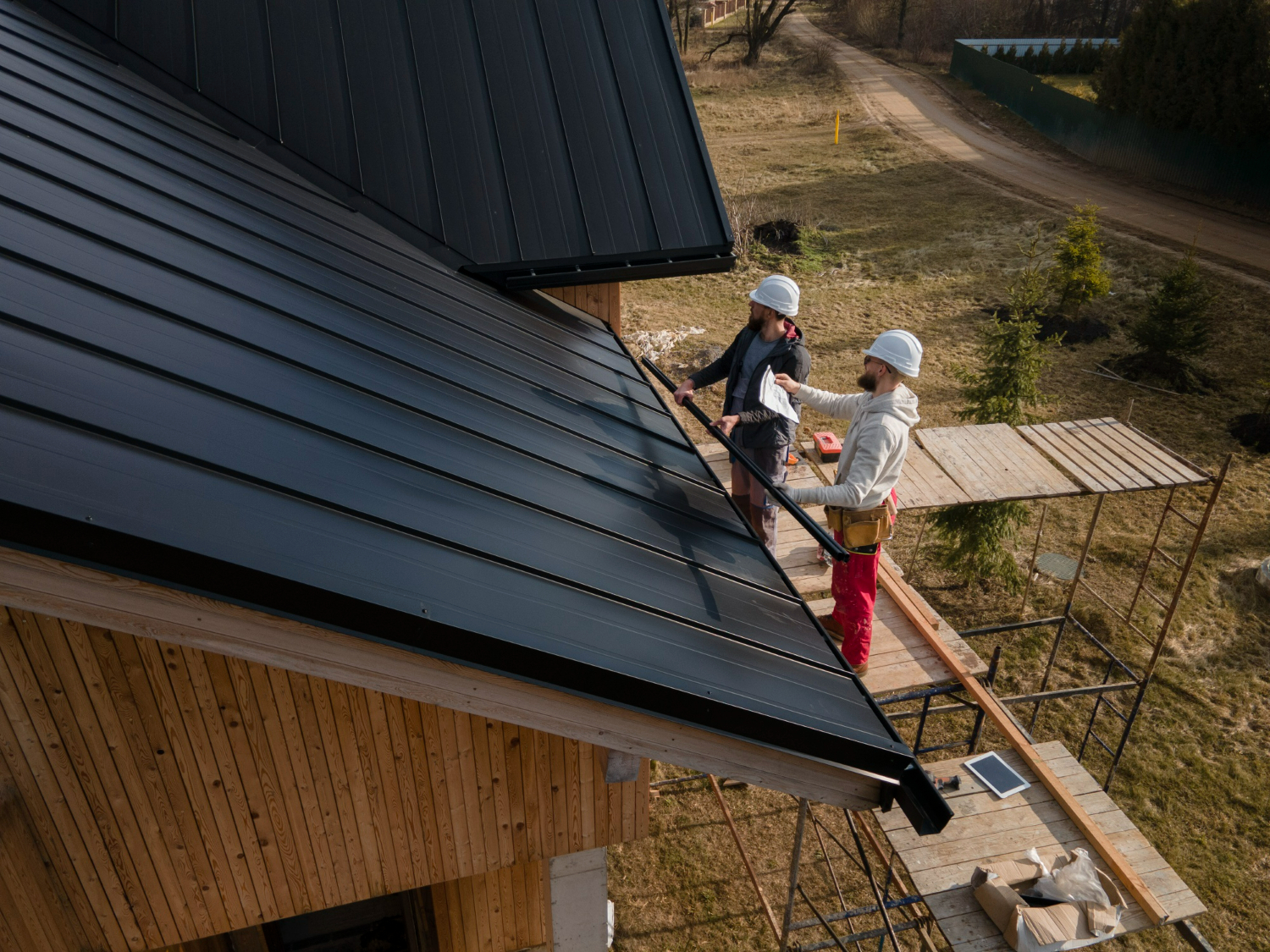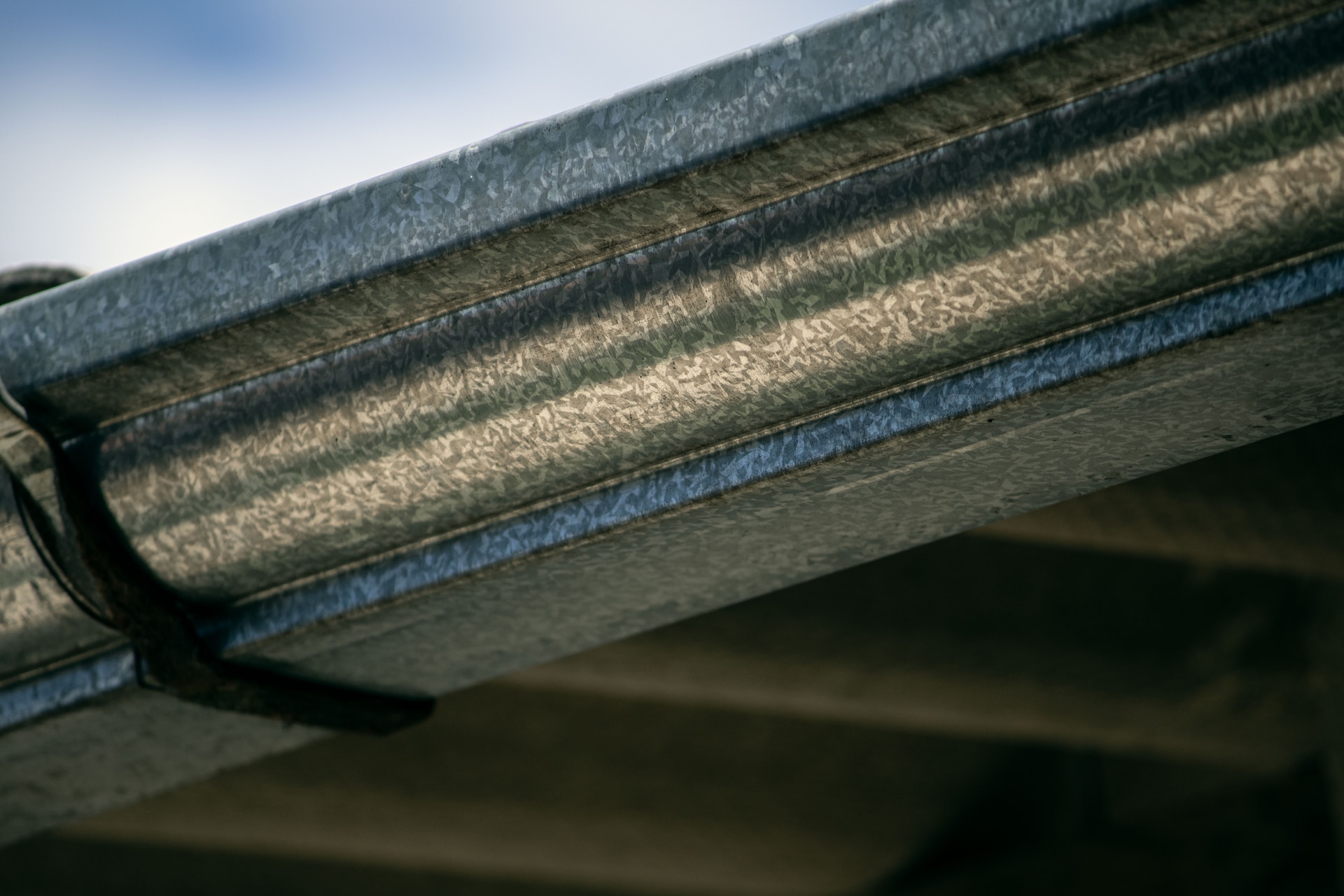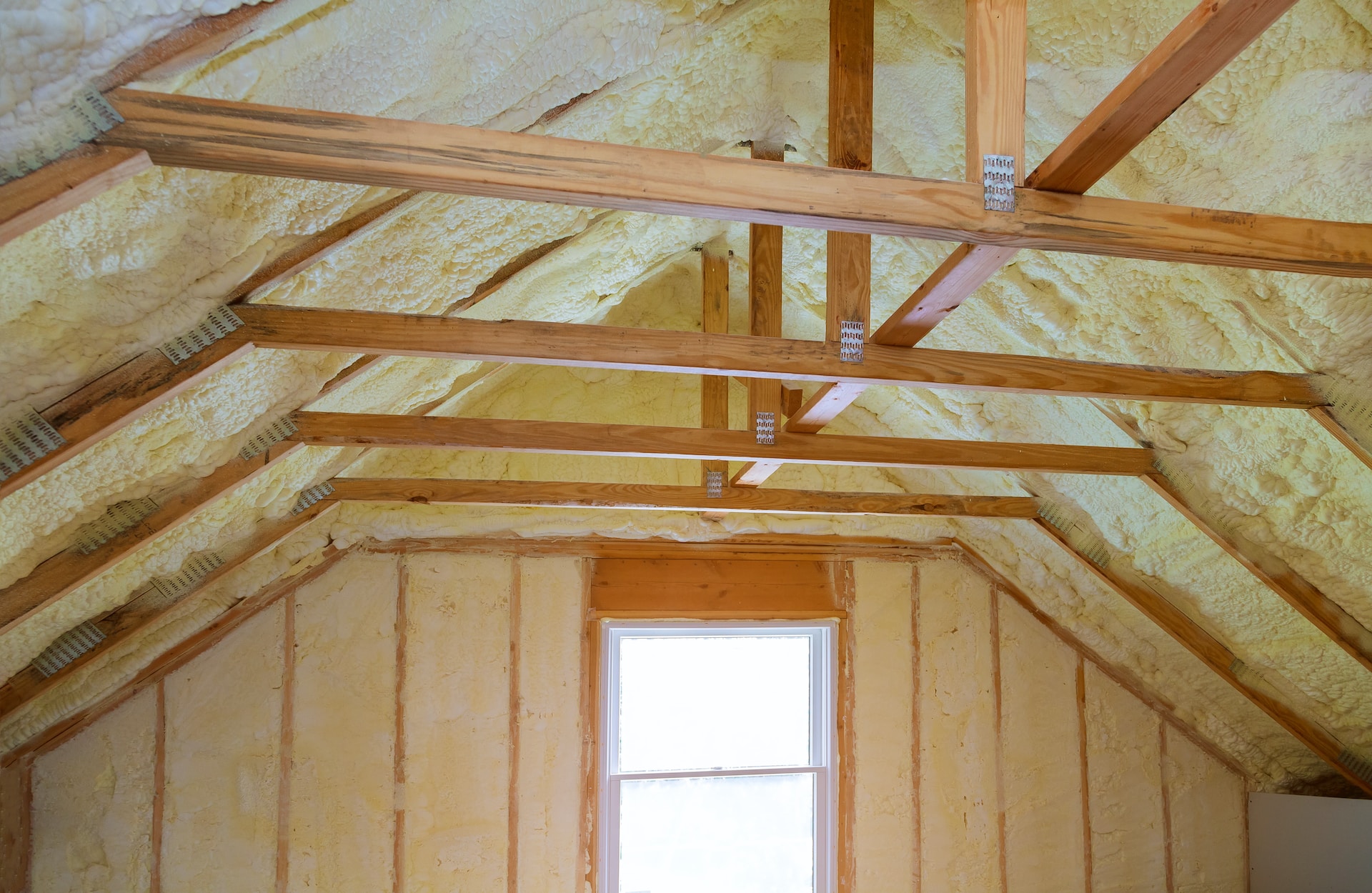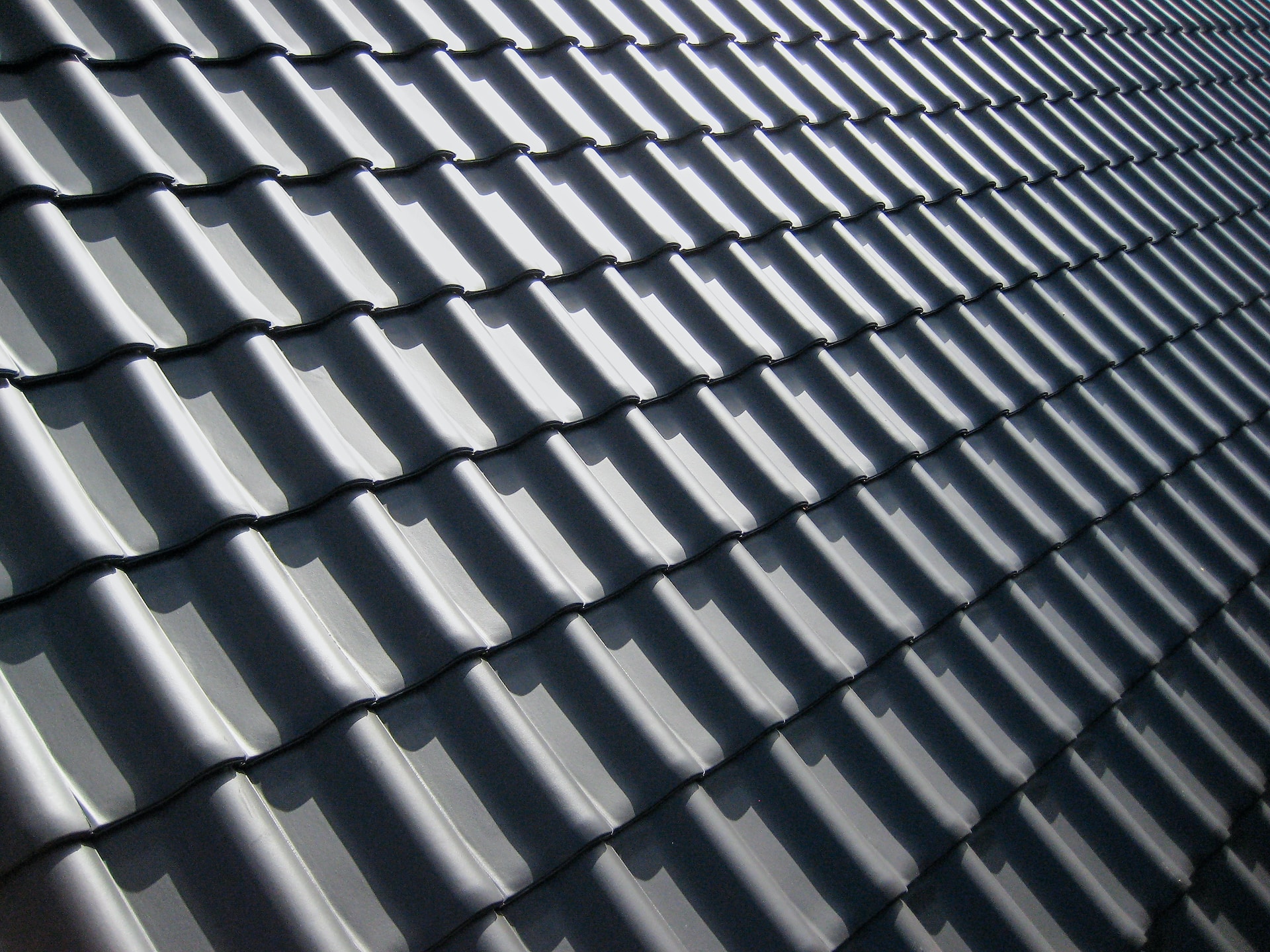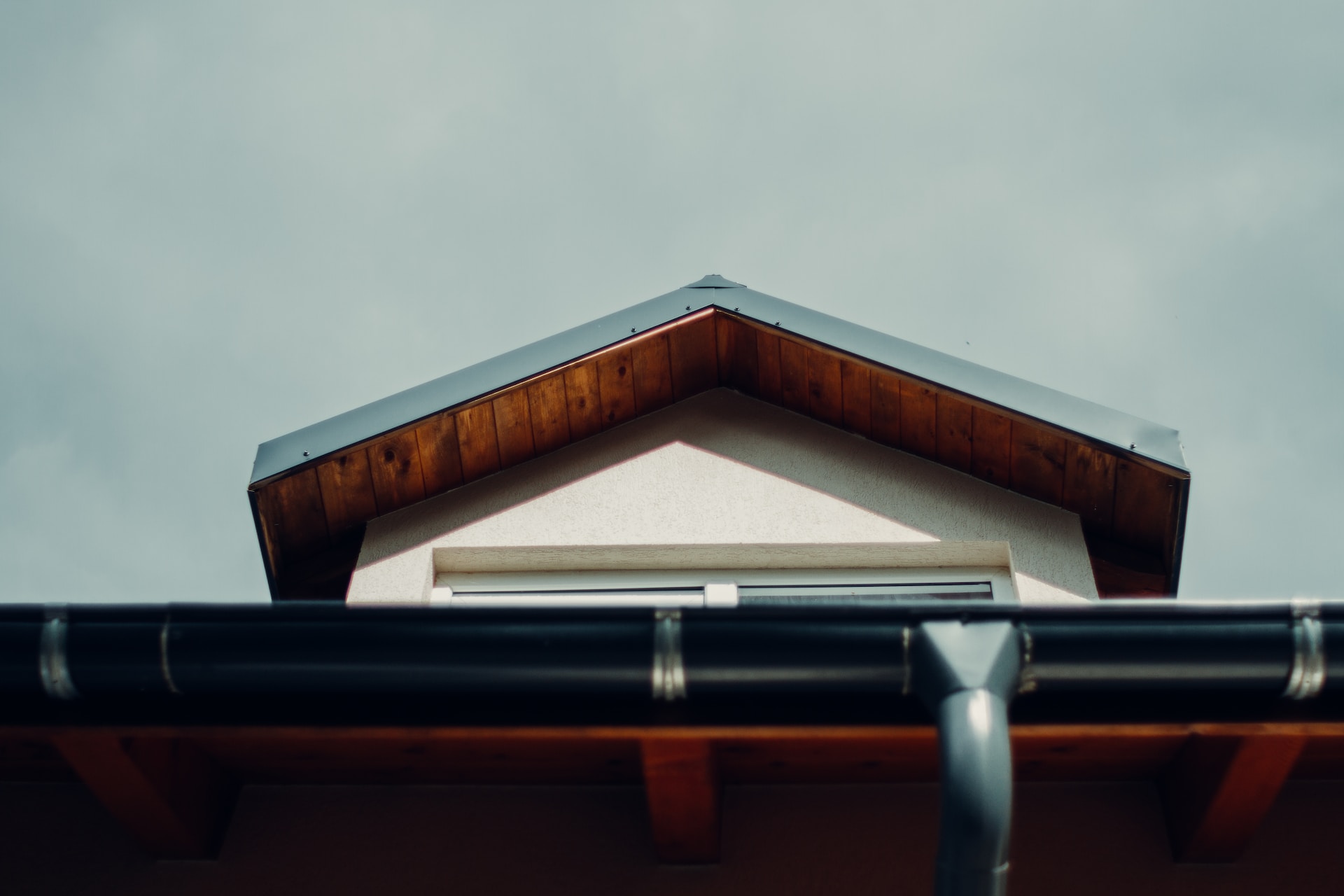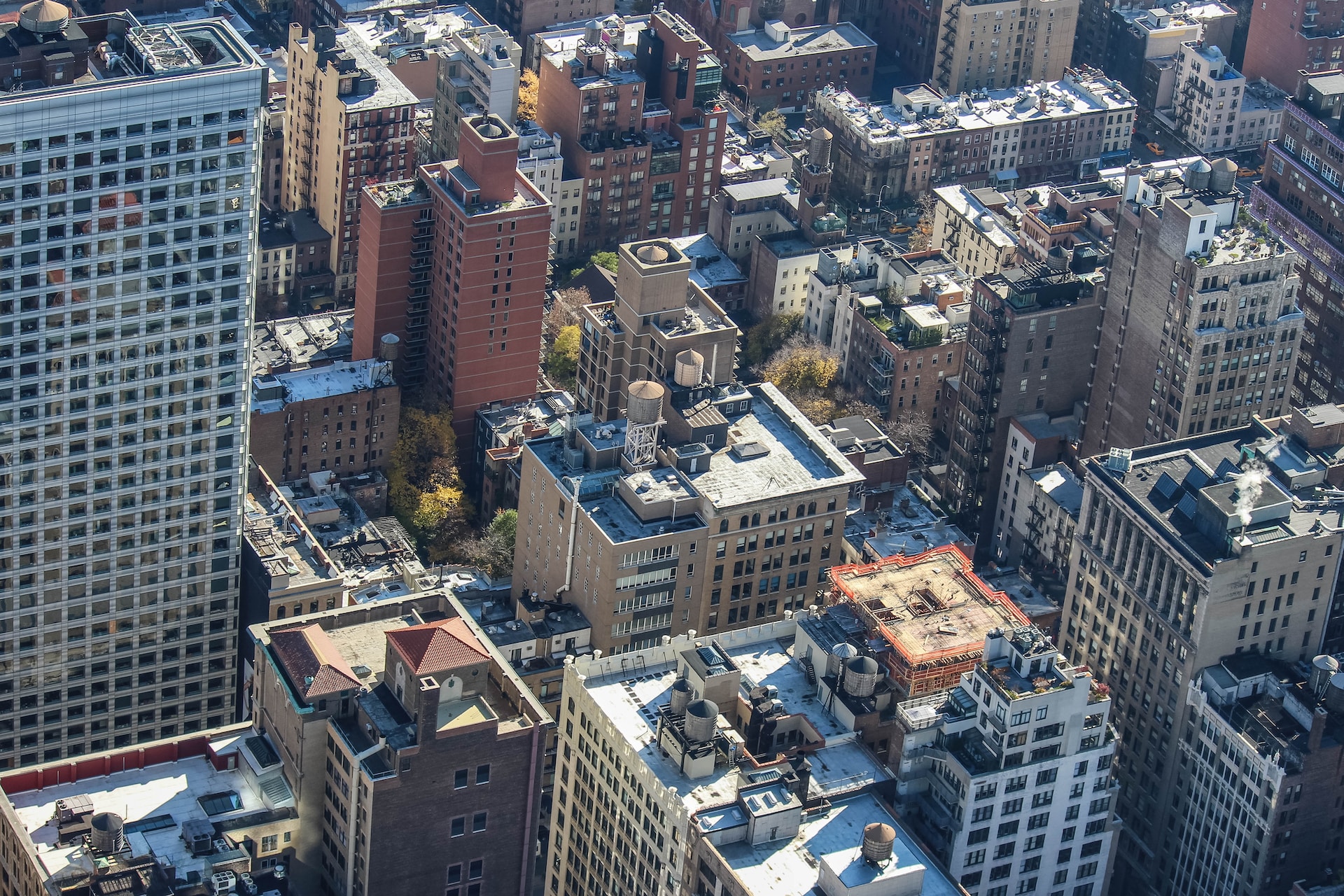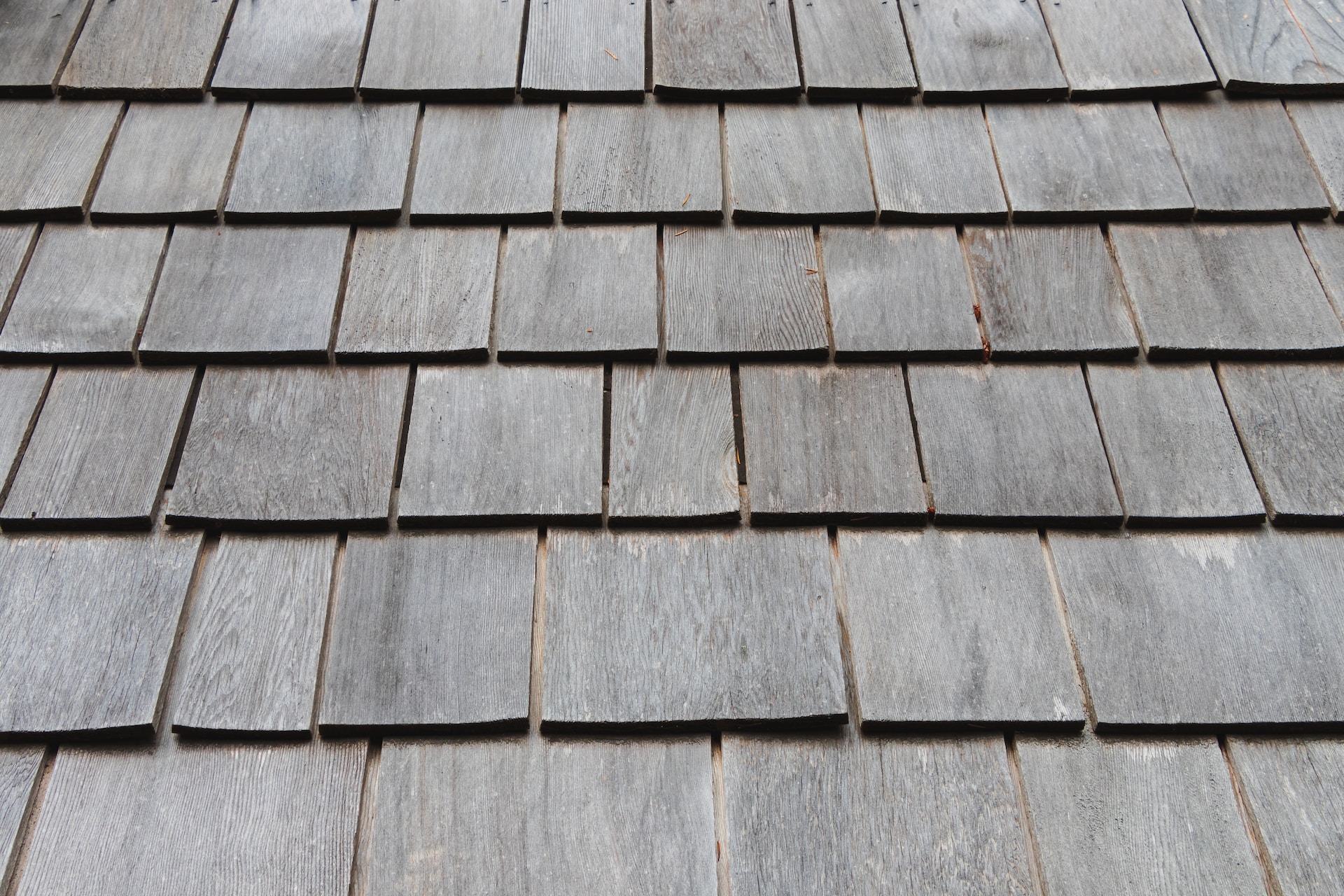When considering a new roof for your home, one of the biggest decisions you will make is choosing a metal or shingle roof. Both materials have their advantages and disadvantages, so it’s important to weigh them carefully before making a decision. In this article, we’ll take a closer look at the pros and cons of each type of roof and help you determine which one is right for your home.
Durability
One of the primary advantages of a metal roof is its durability. With appropriate care, they can endure for over 50 years, making them an excellent option for homeowners who want to live in their homes for a long time. Their strong resistance to wind, hail, and fire also makes them a favored choice for houses in regions susceptible to extreme weather events.
Shingle roofs, on the other hand, typically have a lifespan of 20-30 years. While they are still a durable option, they are more likely to be damaged from high winds and hail. Additionally, they are not fire-resistant and can be a liability in areas prone to wildfires.
Cost
In terms of expense, shingle roofs are usually the cheaper alternative. With lower material and installation costs, they are a favored option for budget-conscious homeowners. However, it’s important to be aware that shingle roofs may require more frequent replacements compared to metal roofs, leading to increased costs in the long run.
While the initial cost of metal roofs might be higher, they prove to be cost-effective because they are durable and don’t need a lot of maintenance. Moreover, they can enhance the resale value of a house, making it a wise investment for those planning to sell their property later on.
Energy Efficiency
Metal roofs are highly reflective, keeping your home cool in the summer by reflecting sunlight and reducing heat absorption. This can lead to lower energy costs and a more comfortable living environment. Additionally, some metal roofs are coated with special finishes that can further enhance their energy efficiency.
Meanwhile, shingle roofs are not as reflective and can absorb more heat. This can make your home feel hotter in the summer and lead to higher energy bills. However, you can lessen this issue by choosing lighter-colored shingles, which can reflect more sunlight and reduce heat absorption.
Aesthetics
When it comes to looks, both metal and shingle roofs have their own unique look. Metal ones are available in a variety of colors and styles, including standing seam, corrugated, and metal roof shingles. They can give your home a modern, industrial look that is becoming increasingly popular.
On the other hand, you can find shingle roofs in different colors and styles, including asphalt, wood, and slate. They can give your home a more traditional, classic look that is popular in many parts of the country. You can also customize them to match your home’s style and architecture, making them a great option for homeowners who want a personalized look.
Maintenance
If you prefer low-maintenance options, metal roofing is the way to go as they necessitate minimal care and expense. Their strong resistance to rust, corrosion, and mold allows for simple cleaning methods, such as using a hose or pressure washer.
Shingle roofs require more maintenance to keep them in good condition. They may need to be cleaned regularly to avoid moss and algae from growing. Moreover, you should replace damaged or missing shingles promptly to prevent leaks and water damage.
Conclusion
Choosing what kind of roofing you want should all depend on your individual preferences and priorities. If you value longevity and energy-saving capabilities, a metal roof might be the ideal option for you. On the other hand, if you prioritize cost-effectiveness and personalization options, a shingle roof could be more suitable. In the end, it’s crucial to evaluate the advantages and disadvantages of both choices and select one that suits your needs and budget.
Looking for reliable and experienced roofing companies in New Hampshire and Southern Maine? Look no further than J. Carnes & Son Roofing. Our team of experts has been providing top-quality roofing services for over 30 years, and we are committed to delivering exceptional results every time. Contact us today to schedule your free consultation!

